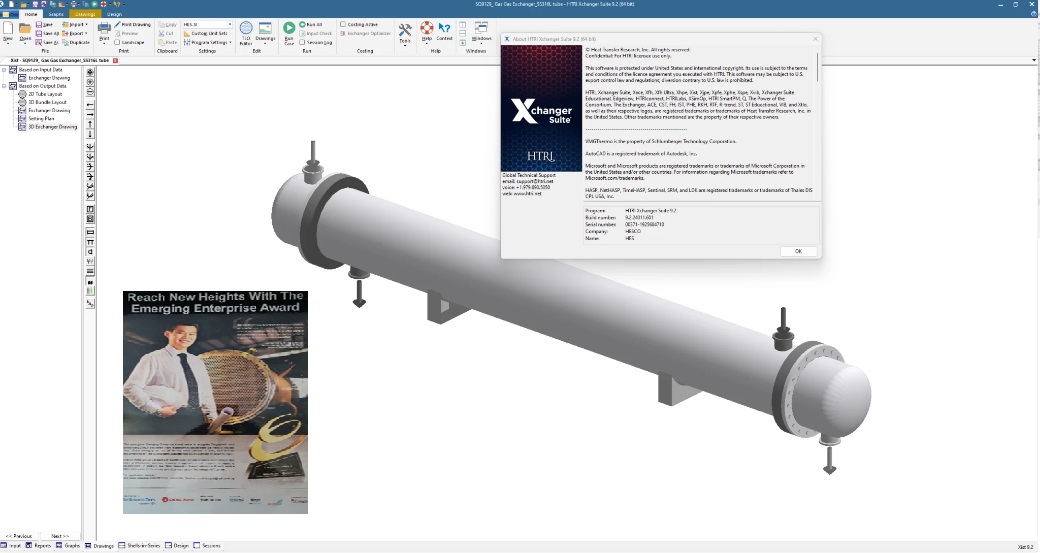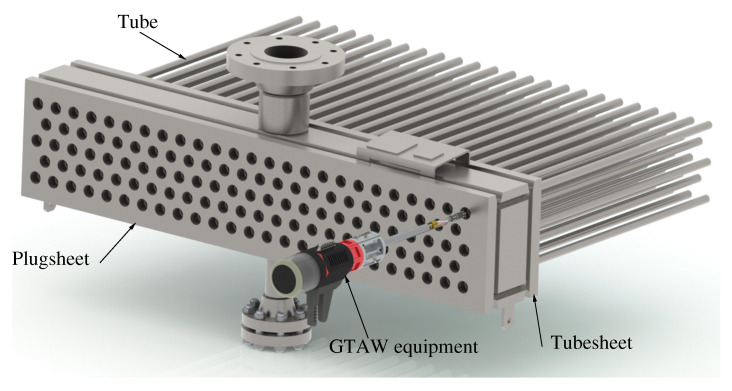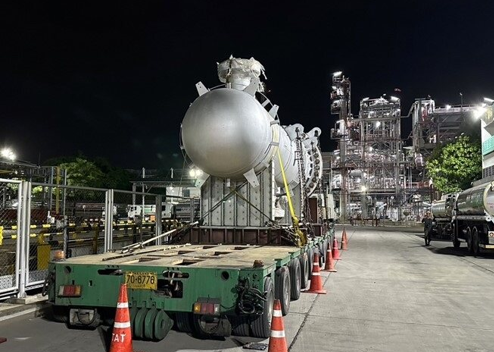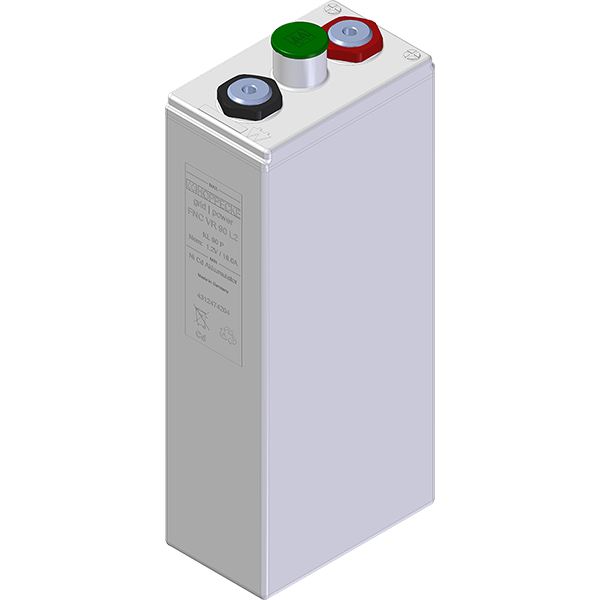Design for heat Exchanger
Design for heat exchanger is the most important. Shell and tube heat exchangers are a cornerstone in various industrial applications, offering efficient heat transfer solutions. These robust devices are crucial in chemical processing, oil refining, power generation, and many other sectors. This guide delves into the intricacies of their design and construction, highlighting key aspects that ensure optimal performance and longevity.
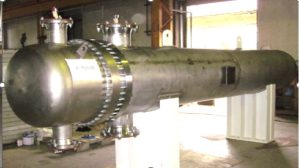
Design for Heat Exchanger Considerations
1. Thermal Design for heat exchangers
Thermal design focuses on achieving the desired heat transfer rates. Key factors include:
- Heat Transfer Coefficients: Calculating both shell-side and tube-side heat transfer coefficients is essential. This involves understanding the properties of the fluids, flow rates, and temperature differences.
- Log Mean Temperature Difference (LMTD): This concept helps in estimating the temperature driving force for heat transfer across the exchanger.
- Surface Area: The surface area of the tubes directly affects the efficiency of heat transfer. More surface area typically means better heat exchange but can increase costs.
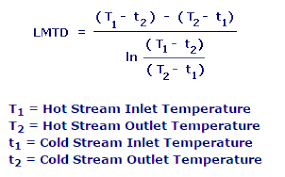
Design for heat exchanger ensures that the heat exchanger operates efficiently under various load conditions. Accurate thermal analysis is crucial for maintaining performance and avoiding issues like overheating or insufficient heat transfer.
HTRI (Heat Transfer Research, Inc.) and AspenTech are indeed widely used software in the industry for heat exchanger design and analysis. HTRI has been around since the late 1950s, so it has several decades of experience in heat exchanger research and software development. AspenTech, on the other hand, was founded in 1981, and their software suite, including Aspen HYSYS for process simulation, has been continually developed and improved over the years.

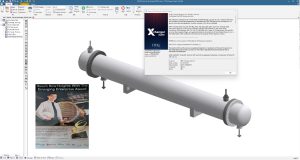
![]()
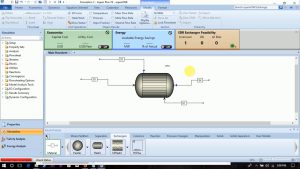
Both companies invest heavily in research and development to ensure their software stays current with the latest advancements in heat exchanger technology and optimization techniques. It is able to to say that they have accumulated a significant amount of expertise over the decades of their existence. This expertise is often leveraged to ensure that heat exchanger designs produced using their software meet performance and optimization standards.
Manufacturers indeed need to keep their software up to date to access the latest features, improvements, and compatibility with evolving industry standards. While this can entail some cost, it’s often seen as a worthwhile investment to maintain competitiveness and ensure optimal performance in heat exchanger design and operation.
With 18 years of experience in providing heat exchangers, we (Energy Centric Co., Ltd.) use the latest version of HTRI and have supplied more than 1,000 units without any performance failures.
2. Mechanical Design for heat exchanger
Design for heat exchanger with Mechanical design ensures the exchanger can withstand operational pressures and temperatures without failure. Considerations include:
- Material Selection: Materials must withstand the thermal and chemical properties of the fluids involved. Corrosion resistance and mechanical strength are critical.
- Pressure Ratings: The shell and tube materials should handle the maximum pressure expected during operation, including any potential pressure surges.
- Thermal Expansion: Differences in thermal expansion between the shell and tube materials must be managed to prevent mechanical failure.

Mechanical design involves rigorous testing and validation to ensure the structural integrity of the heat exchanger. This includes stress analysis, fatigue testing, and ensuring compliance with industry standards and regulations.
Two leading software tools for mechanical calculations in heat exchanger design are PV Elite and COMPRESS. PV Elite offers robust features for pressure vessel and heat exchanger design, including comprehensive code compliance and finite element analysis. COMPRESS, known for its user-friendly interface, also provides detailed design capabilities and automatic report generation. Both tools streamline the design process, ensuring compliance with industry standards and optimizing mechanical integrity.
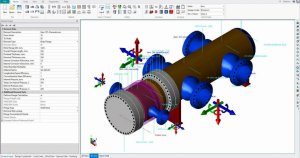
![]()
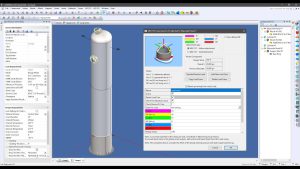
![]()
3. Flow Arrangement design for heat exchanger
The flow arrangement in a shell and tube heat exchanger can significantly impact its efficiency. Common configurations include:
- Counterflow: Fluids move in opposite directions. This arrangement provides the highest temperature gradient and is most efficient for heat transfer.
- Parallel Flow: Fluids move in the same direction. This setup is less efficient but simpler and sometimes necessary for specific applications.
- Crossflow: Fluids flow perpendicular to each other. This arrangement is used when space constraints or specific thermal requirements dictate its necessity.
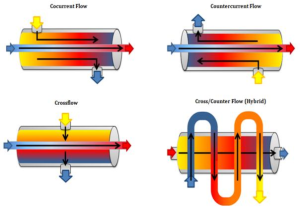
The choice of flow arrangement affects not only the thermal performance but also the pressure drop across the exchanger, which influences the overall energy efficiency of the system.
Construction Process design for heat exchanger
1. Valdation design
Before construction begins, the design must be validated through simulations and calculations. This step involves:
- Computer-Aided Design (CAD): Creating detailed 3D models to visualize and adjust the design.
- Finite Element Analysis (FEA): Assessing the mechanical integrity of the design under expected operating conditions.
- Thermal Analysis: Using software to simulate heat transfer performance and make necessary adjustments.
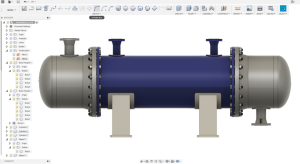
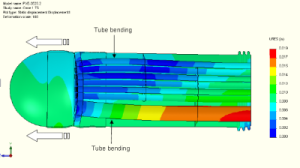
Design validation ensures that the theoretical designs will perform as expected in real-world conditions. It involves iterative testing and optimization to refine the design for maximum efficiency and durability.
2. Material Preparation and design for heat exchanger
Once the design is validated, the appropriate materials are selected and prepared. This includes:
- Cutting and Shaping: Tubes and shells are cut to precise lengths and shapes.
- Surface Treatment: Materials may undergo treatments like polishing or coating to enhance performance and durability.
Material preparation is crucial for ensuring that the components meet the required specifications and are ready for assembly. High-quality materials and precision manufacturing are key to producing reliable heat exchangers.
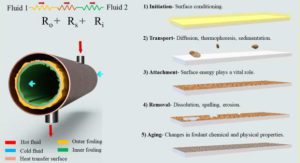
3. Assembly
The assembly process involves several critical steps:
- Tube Bundle Fabrication: Tubes are arranged and welded to tube sheets. Proper alignment and secure welding are vital to prevent leaks and ensure efficient heat transfer.
- Shell Construction: The shell is constructed separately and then fitted around the tube bundle. Baffles are installed to ensure optimal flow patterns.
- Joining: The tube bundle and shell are joined, typically through welding, which must be performed to high standards to ensure structural integrity.

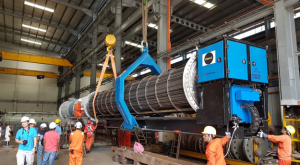
Assembly requires skilled labor and meticulous attention to detail to ensure that all components fit together perfectly and function as intended. Any misalignment or poor welding can lead to performance issues or failures.
4. Testing for heat exchanger
Post-assembly, the heat exchanger undergoes rigorous testing to ensure it meets design specifications:
- Hydrostatic Testing: The exchanger is filled with water and pressurized to check for leaks and structural integrity.
- Pressure Testing: Ensures the exchanger can handle maximum operating pressures without failure.
- Thermal Testing: Evaluates the heat transfer performance to ensure it meets the required specifications.
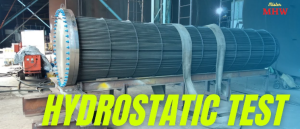
Testing is an essential part of the construction process, ensuring that the heat exchanger will perform reliably and safely under operational conditions. Comprehensive testing helps identify any potential issues before the equipment is put into service.
*** Please note that thermal or performance tests usually cannot be conducted in the factory due to the lack of identical operational conditions. These tests can only be performed on-site after installation. Therefore, it is crucial for the user to select a reliable manufacturer with a strong track record and extensive experience in design and fabrication. Otherwise, it will be extremely difficult if the equipment fails to perform as expected
Common Challenges and Solutions design
- Fouling: Over time, deposits can build up inside the tubes, reducing efficiency. Regular cleaning and using materials that resist fouling can mitigate this issue.
- Corrosion: Chemical reactions between the fluids and exchanger materials can lead to corrosion. Selecting appropriate materials and using protective coatings can extend the exchanger’s lifespan.
- Thermal Stress: Differential thermal expansion can cause mechanical failure. Design considerations like expansion joints and selecting materials with similar expansion coefficients are crucial.
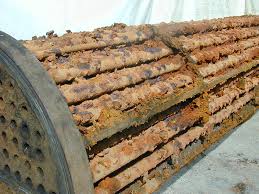
Fouling problem
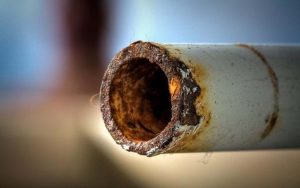
Corrosion problem
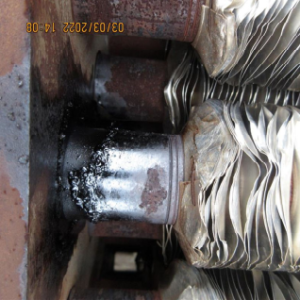
Thermal Stress on Tubes
Addressing these challenges involves proactive maintenance, using advanced materials, and designing for ease of cleaning and inspection. Implementing predictive maintenance strategies can also help in early detection and prevention of potential issues.
Maintenance and Longevity for heat exchanger
Proper maintenance is essential for the long-term performance of shell and tube heat exchangers. Key practices include:
- Regular Inspections: Routine visual and technical inspections can identify potential issues early.
- Cleaning: Both mechanical cleaning (e.g., brushing, water jetting) and chemical cleaning (using solvents to dissolve deposits) are important.
- Repairs: Promptly addressing minor issues like leaks or material degradation can prevent more significant problems.
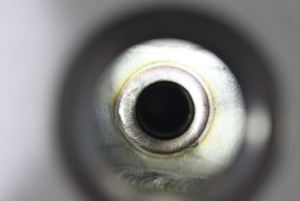
Tube Inspection
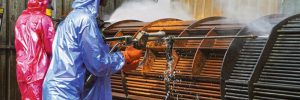
Cleaning on tube bundle
Maintenance strategies should be tailored to the specific operating conditions and types of fluids used. Implementing a comprehensive maintenance plan can significantly extend the life of the heat exchanger and improve its efficiency.
Conclusion
Design for shell and tube heat exchangers involves many factors like heat transfer, mechanical calculation, assembly, and maintenance. This multifaced task demands a wealth of experience, both practical and theoretical, is crucial. Each manufacturer has its own design, based on their expertise. There’s no single ‘best’ designer, but good designers create designs that fit each application, considering budget and customer needs.
If you are seeking a highly experienced manufacturer of shell and tube heat exchangers to assist and consult with your design and process optimization needs
Contact;
Naronglit Jitsupab (Jimmy)
Email: Sales@energycentric.co.th
Phone number: +6698-328-2941
Next:
What is shell and tube heat exchanger?

